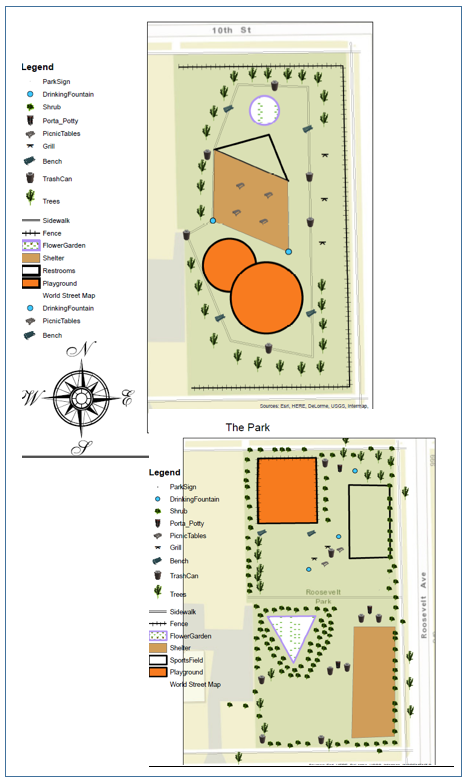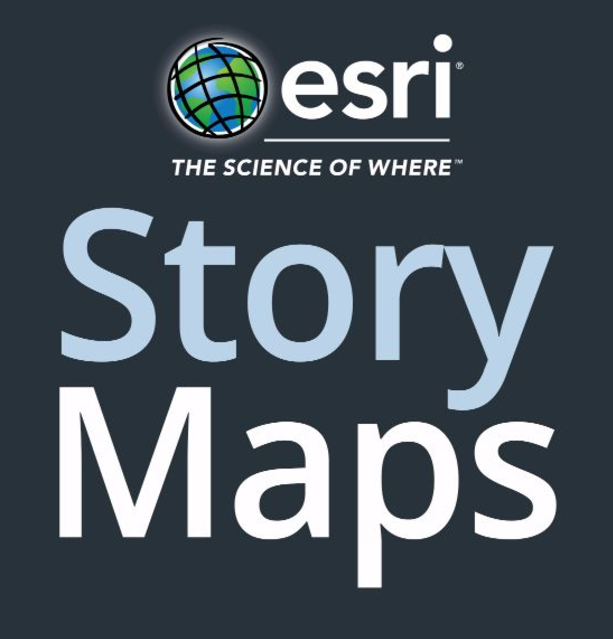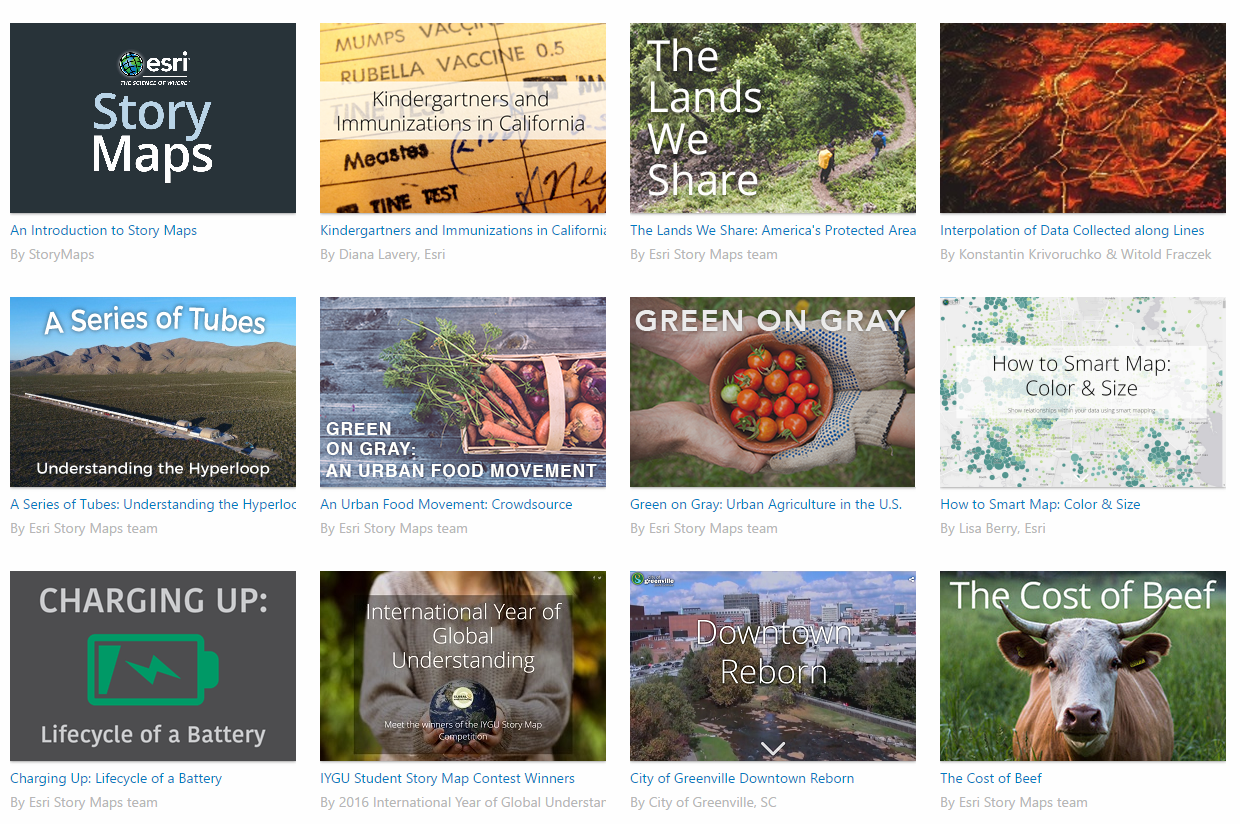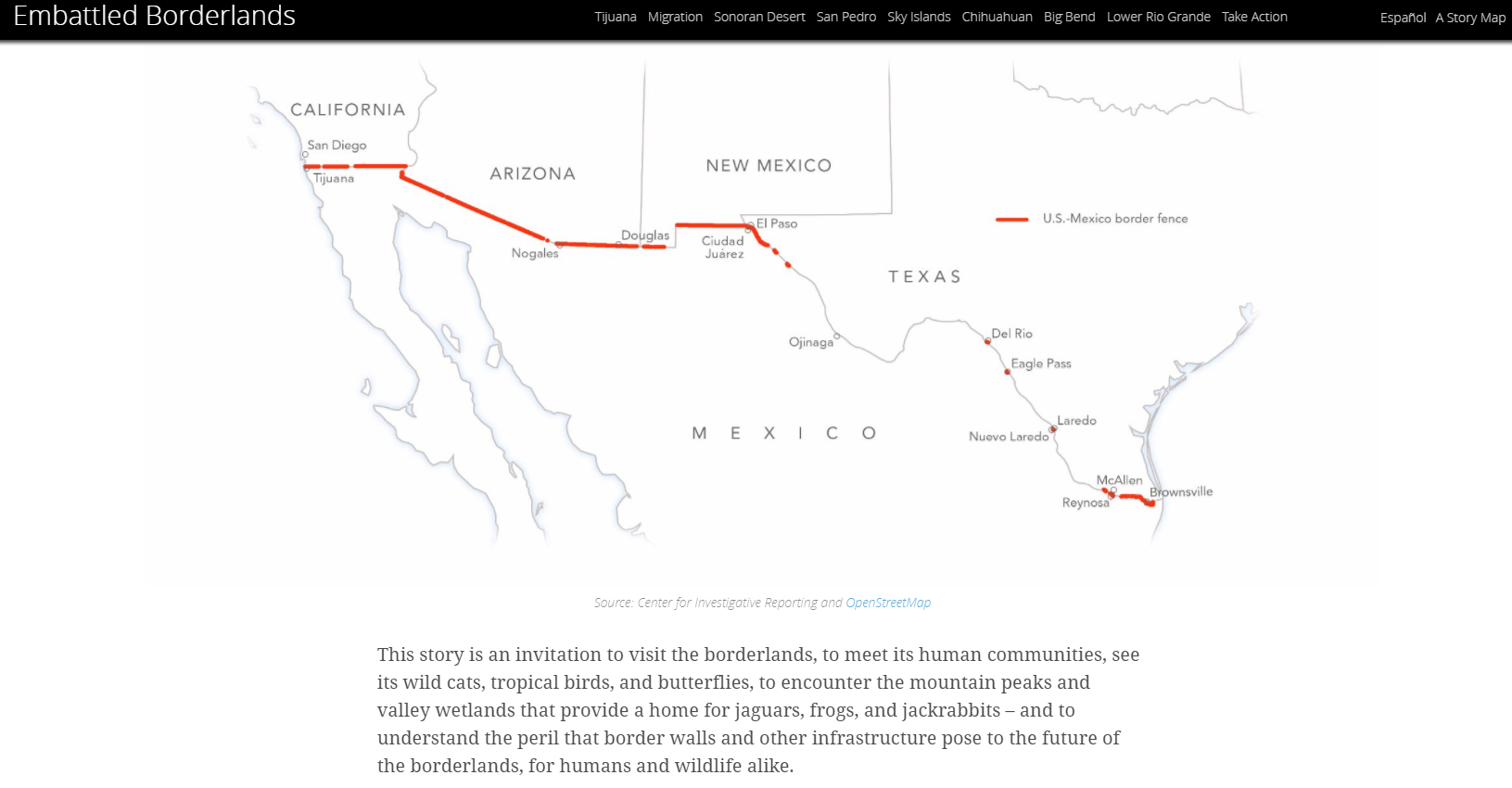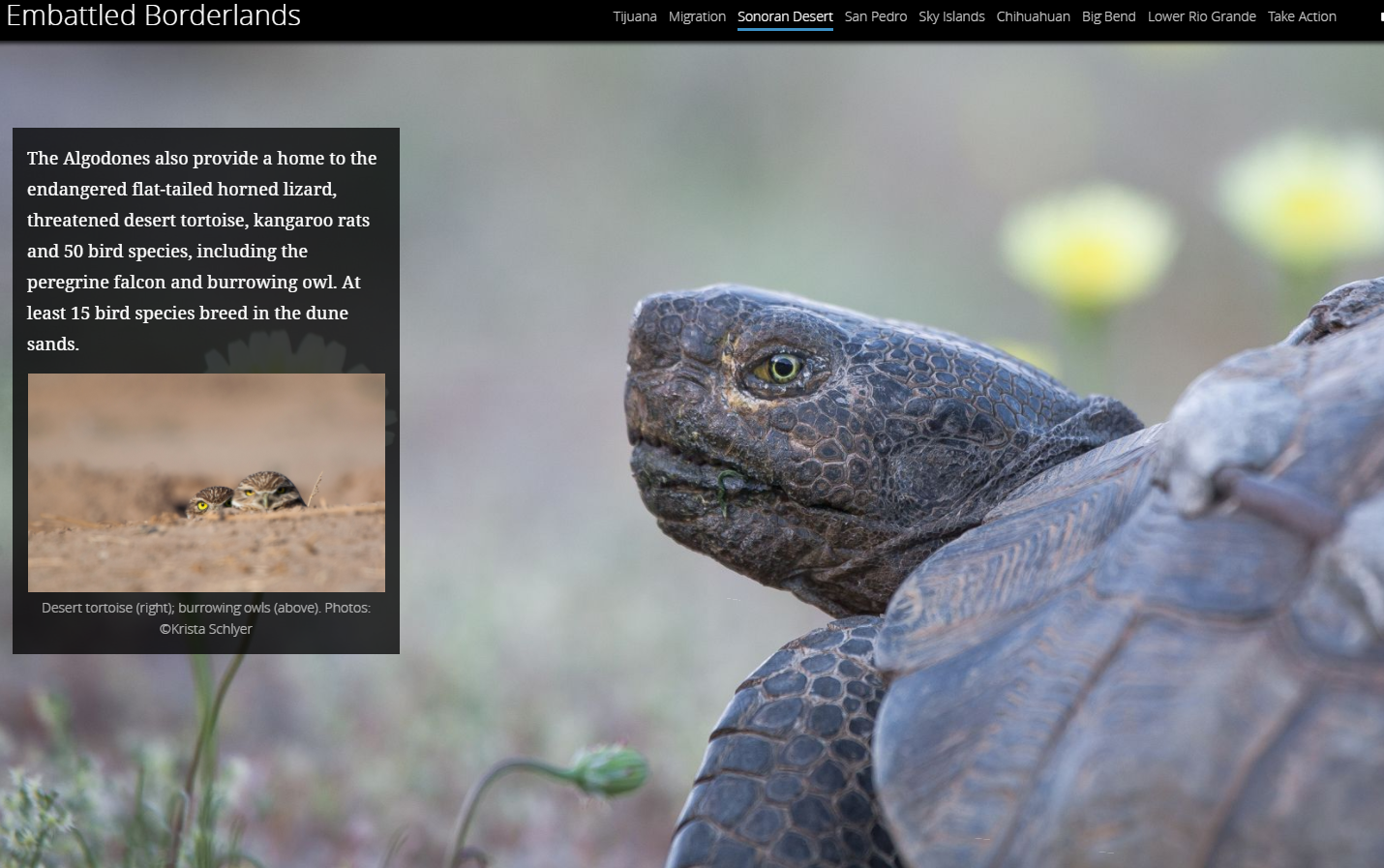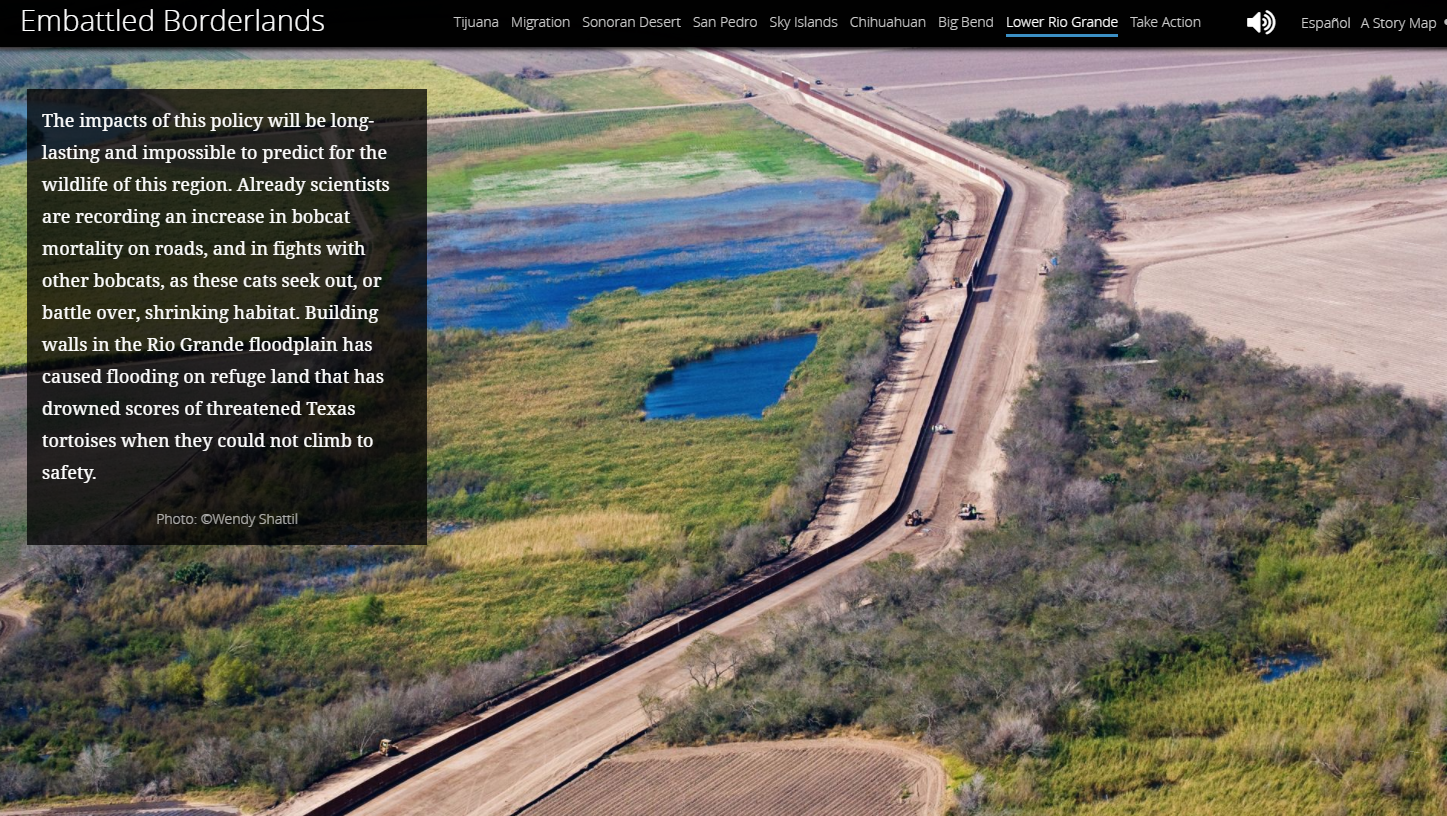UMGEOCON 2018 :: May 23-24, 2018 :: LaCrosse, Wisconsin
This week we are highlighting a number of upcoming geospatial conferences and the organizations that they representing. Conferences are a moment to learn something new, hear about great work that our colleagues are doing, find opportunities for collaboration, share knowledge, and have fun.
The Upper Midwest Geospatial Conference 2018 (UMGEOCON 2018) has been touted as being the only geospatial conference in the nation to be hosted by multiple state and regional associations. Those organizations (click on an organization to learn more) include: the American Society for Photogrammetry and Remote Sensing – Western Great Lakes Region, Geospatial Information & Technology Association, Iowa Geographic Information Council, Illinois GIS Association, Minnesota GIS/LIS Consortium, SharedGeo, and Wisconsin Land Information Association. This conference is an opportunity to meet with people from different states and discuss what is working well and what could be improved. LaCrosse, Wisconsin is also a beautiful conference location, nestled in the Driftless Region of the Upper Midwest along the Mississippi River. One of our own AmericaView members, Dr. Jarlath O’Neil-Dunne, will providing a keynote address entitled, Into the Future We Go.
UMGEOCON 2018 will be held on May 23-24, 2018 in LaCrosse, Wisconsin at the UW-LaCrosse campus. Registration is $195 for regular registration and $50 for students.
For more information about the conference agenda, click here. Register here!

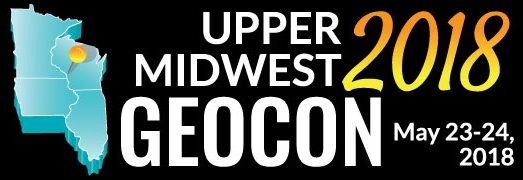

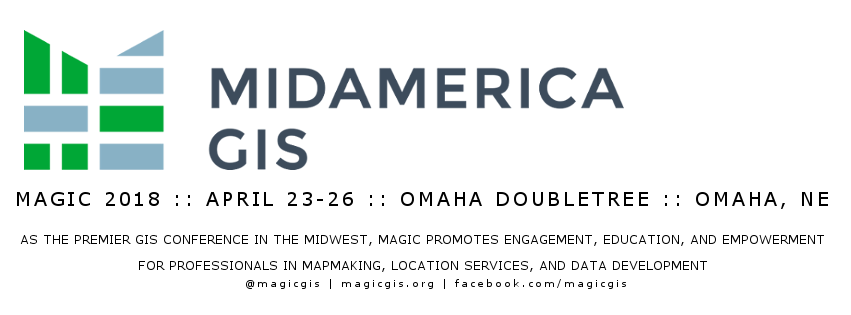
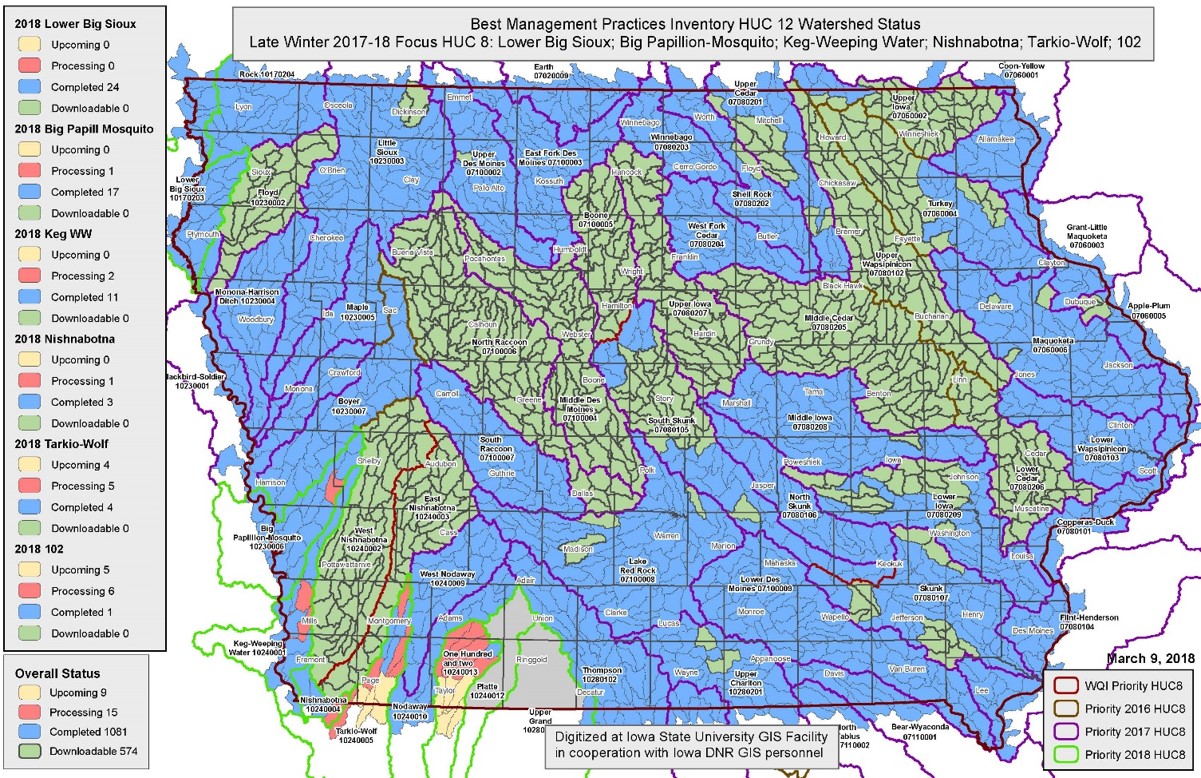
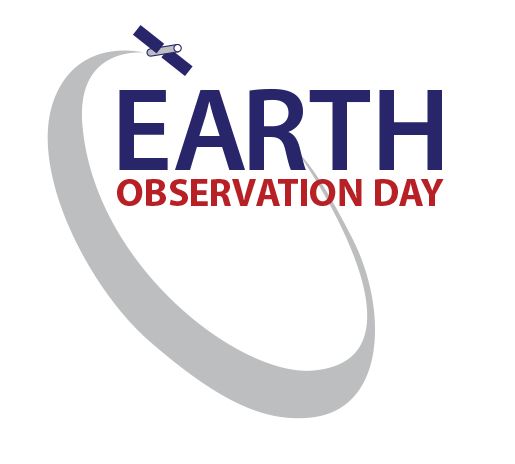



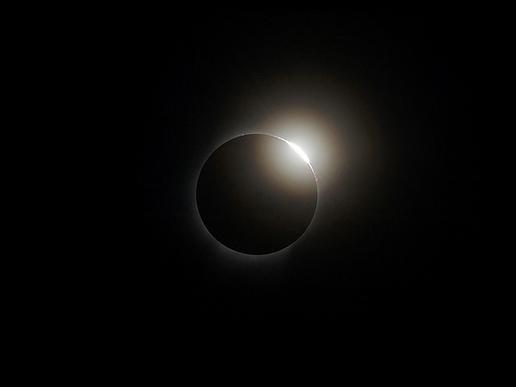
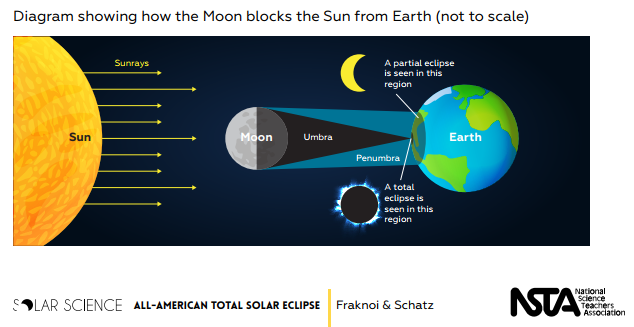
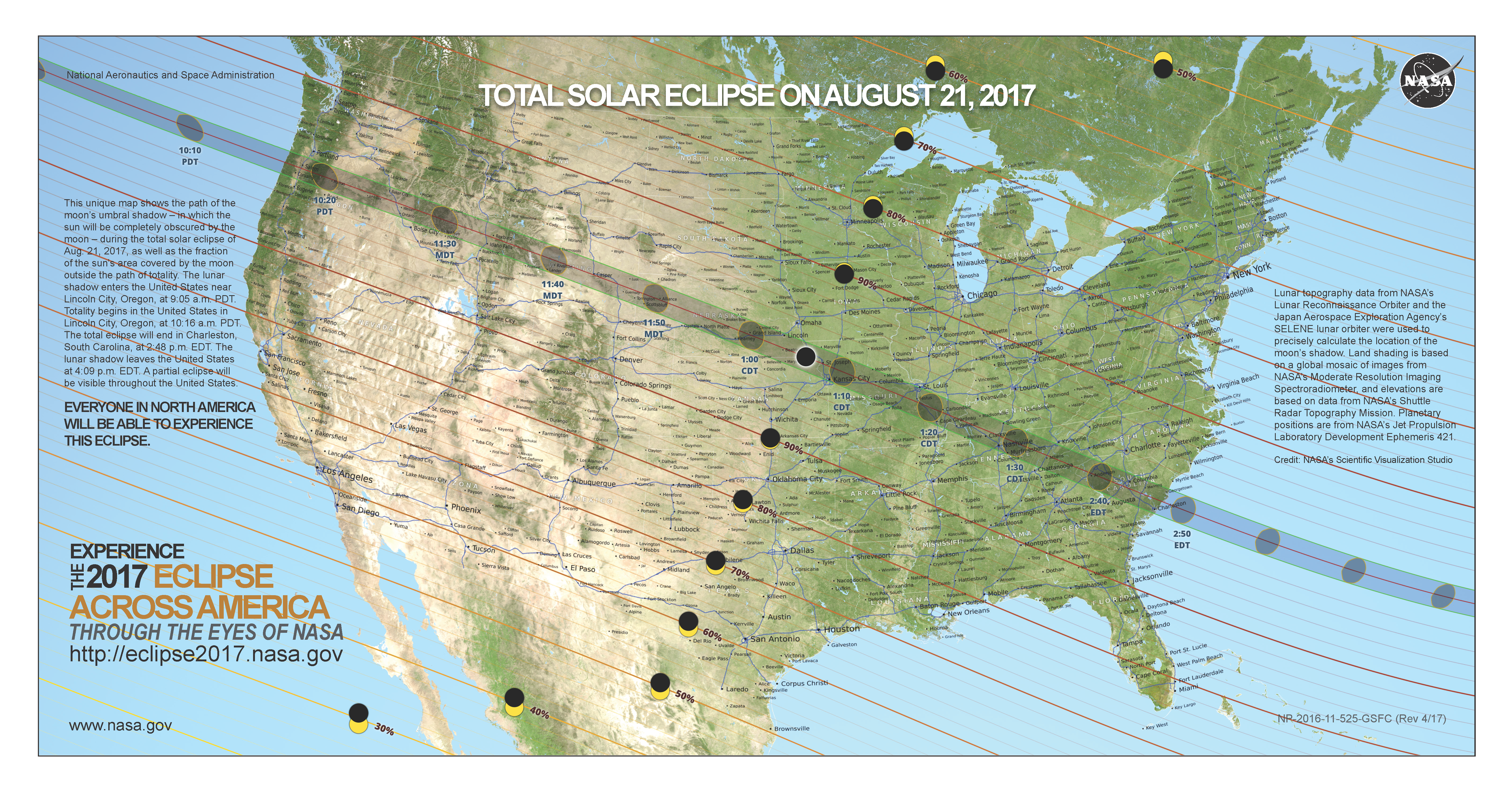
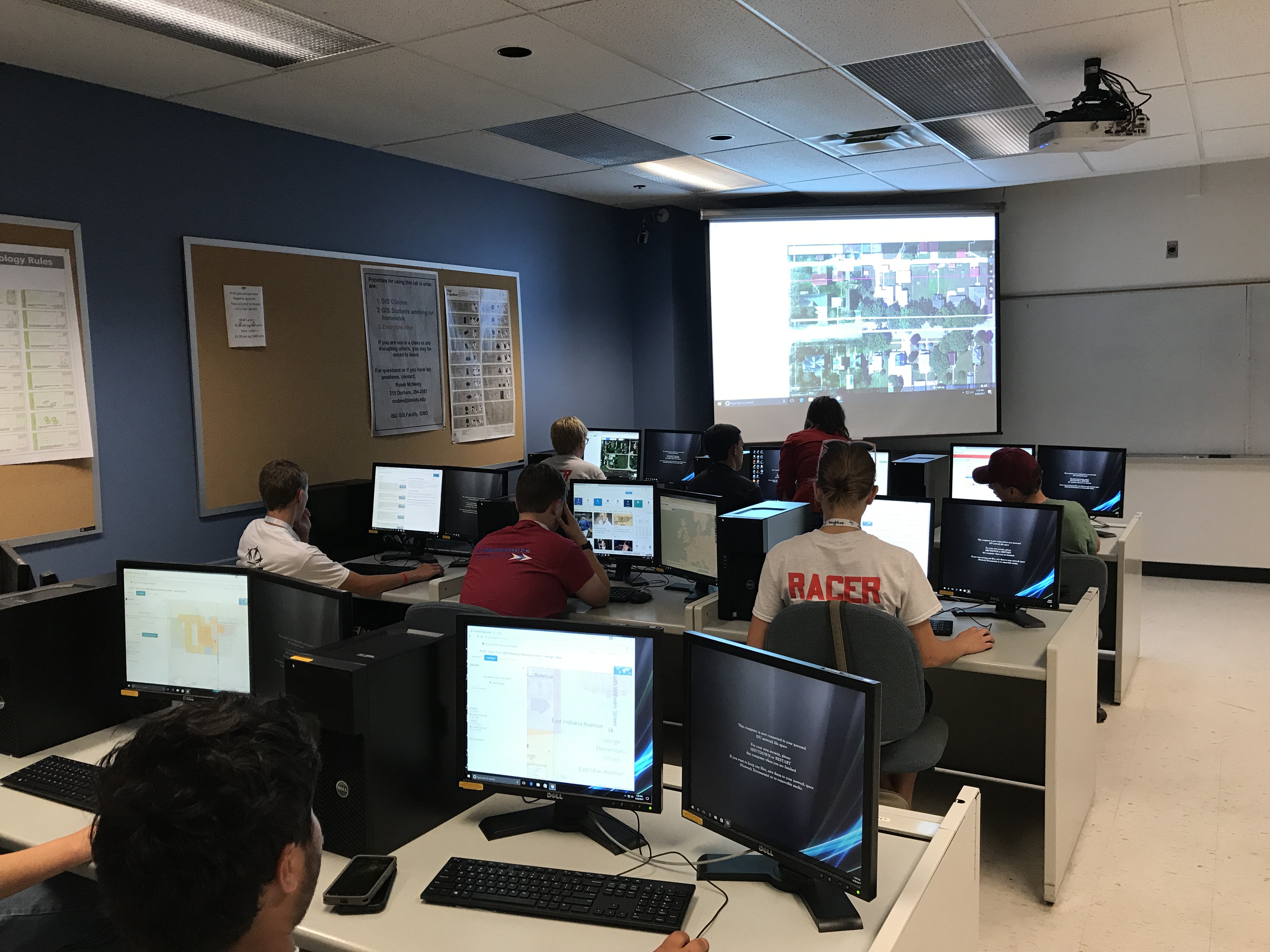
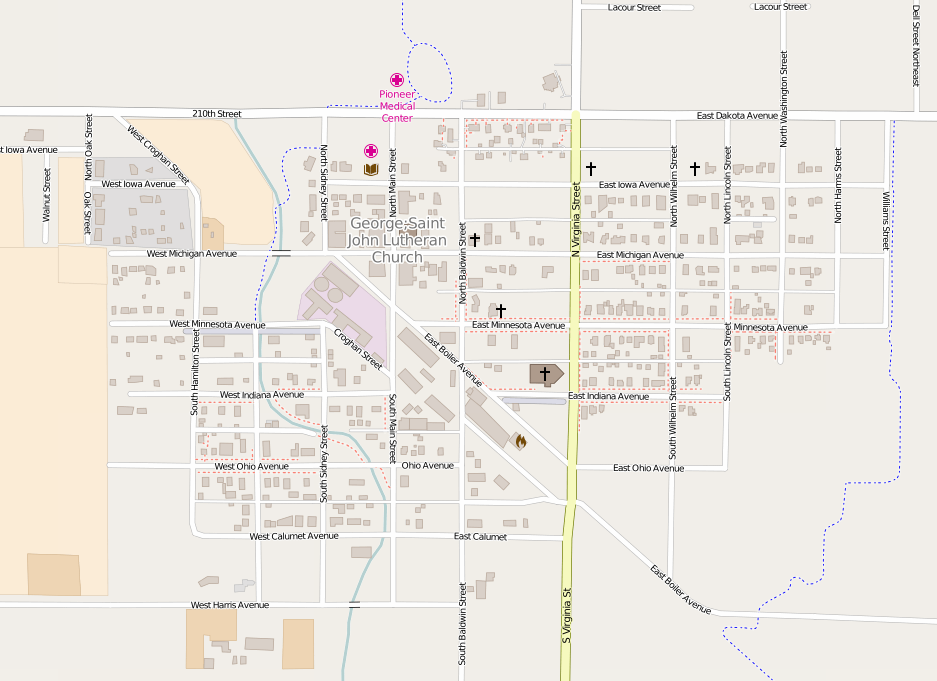

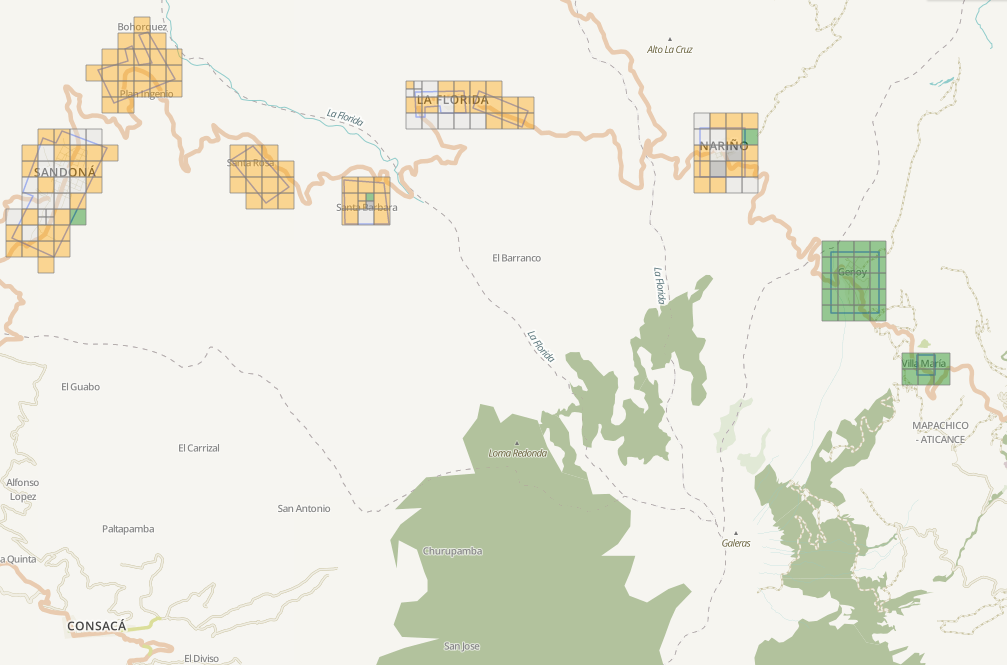 , “Galeras is an active Andean stratovolcano that is located in the Narino department, near Pasto (population: 450,000 Colombians). Galeras is the most active volcano in Colombia and is known for regular eruptions, the most recent occurring in 2000, 2002, 2004, 2005, 2007, and 2010.” The students did a great job mapping with both projects. Between the two projects over 500 nodes were created and over 3,000 nodes were created. Hopefully these activities will lead to future mapping interest.
, “Galeras is an active Andean stratovolcano that is located in the Narino department, near Pasto (population: 450,000 Colombians). Galeras is the most active volcano in Colombia and is known for regular eruptions, the most recent occurring in 2000, 2002, 2004, 2005, 2007, and 2010.” The students did a great job mapping with both projects. Between the two projects over 500 nodes were created and over 3,000 nodes were created. Hopefully these activities will lead to future mapping interest.
